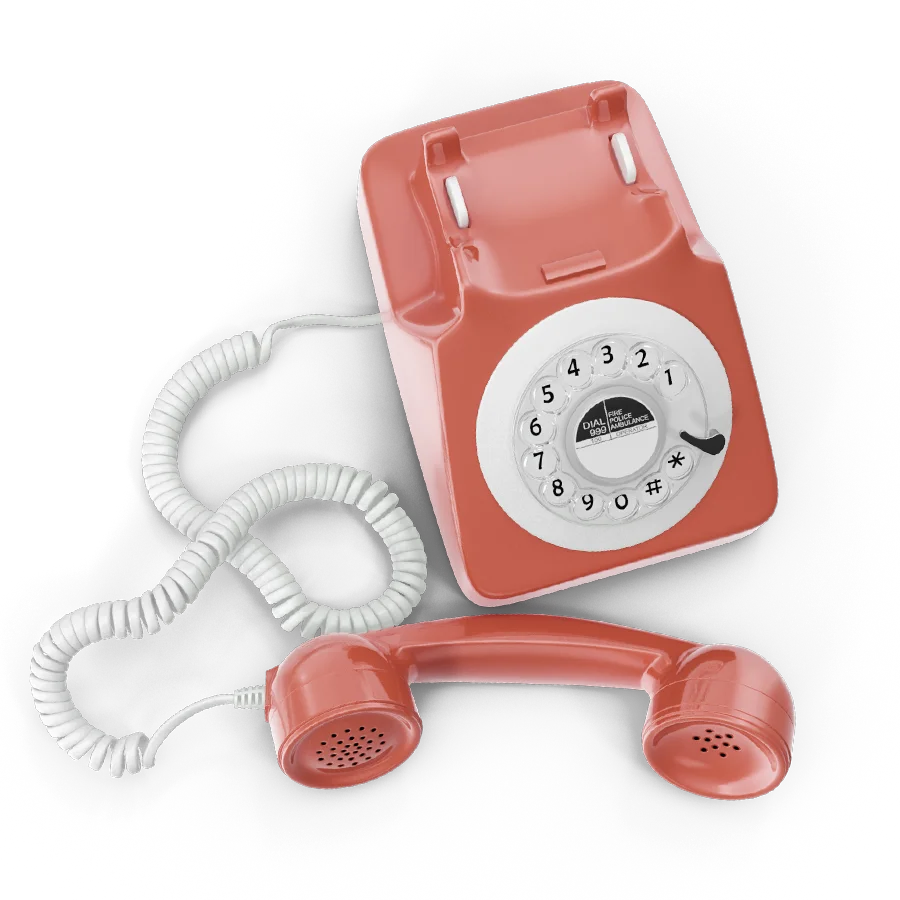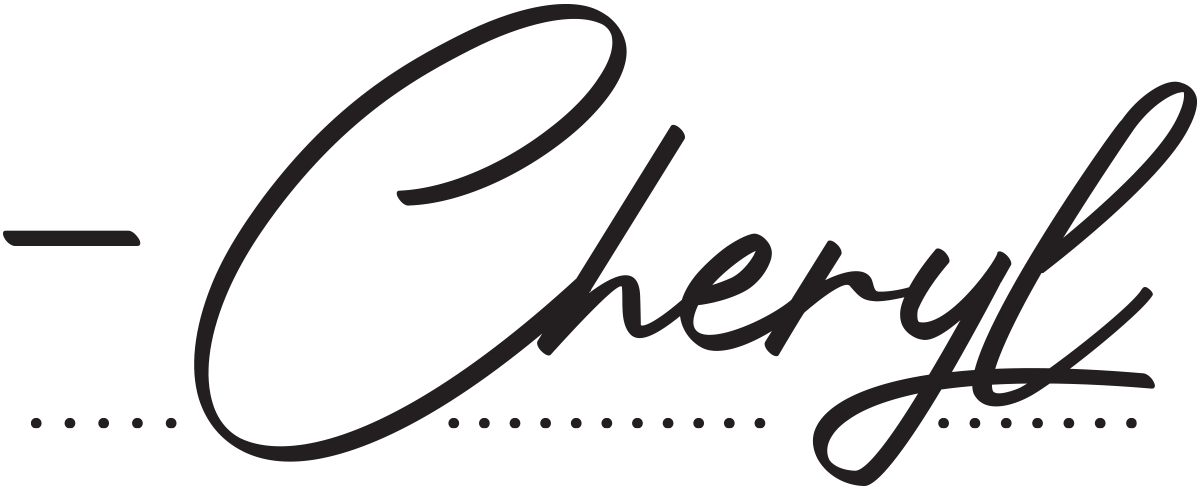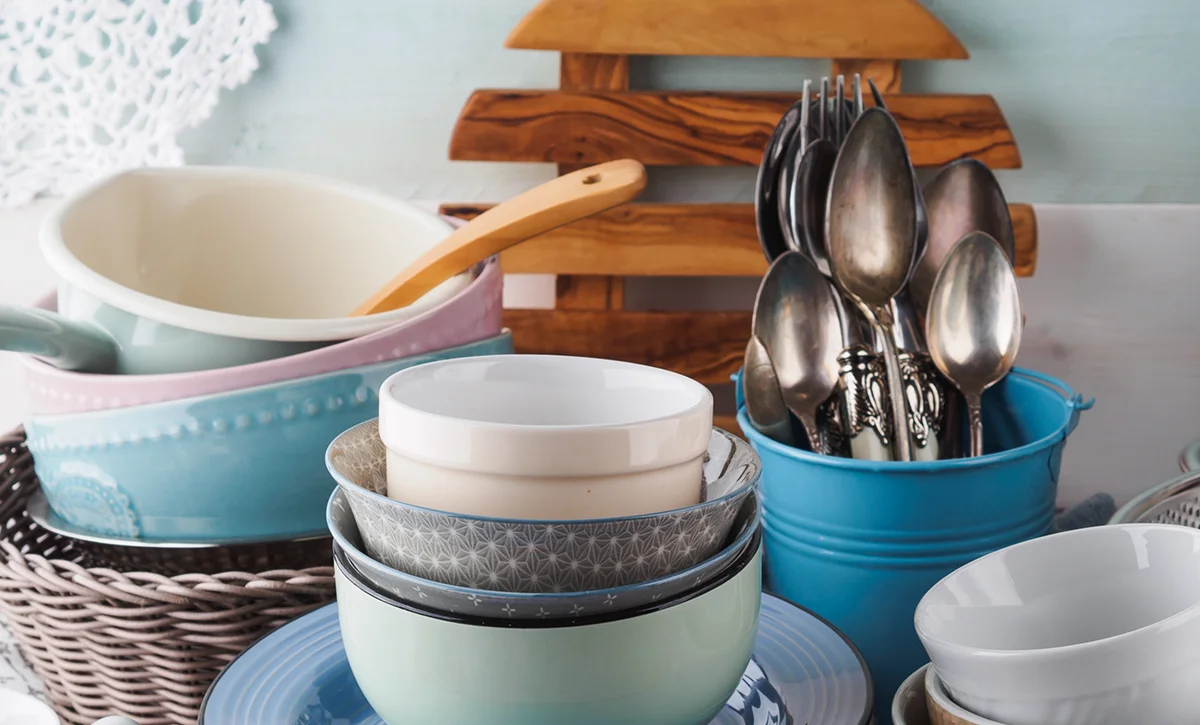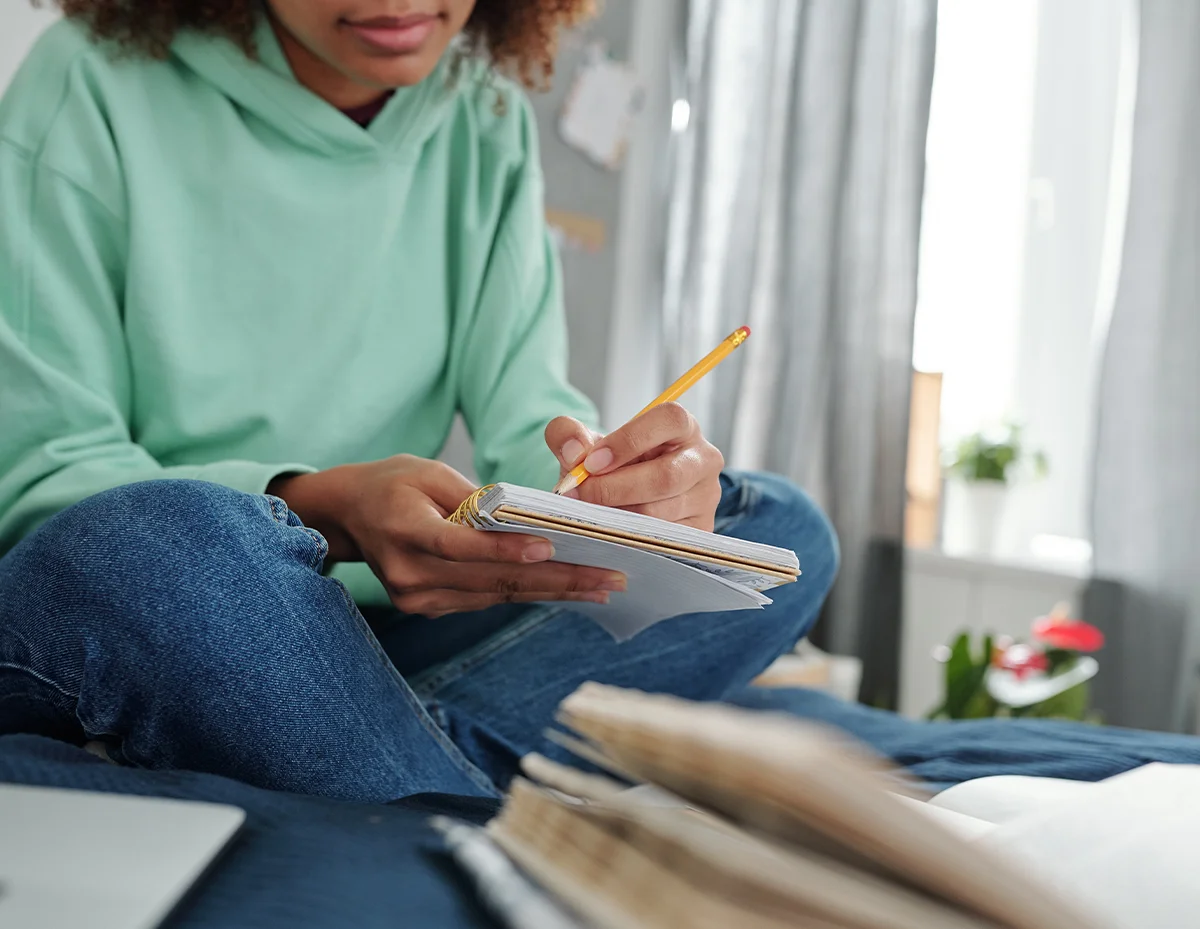



How do I help my high schooler take ownership of organization?
wanted to reorganize my kitchen. Before jumping in, I thought about what items I would be organizing. Would baskets, bins, or drawer organizers be helpful? Could I rehome items that were no longer needed? Did I need to make a list before heading to the store? Successfully reorganizing my kitchen required knowledge, but it also needed to come from personal motivation. Why am I wanting to reorganize my kitchen? The answers to all of these questions helped me move forward.
- Crates. Each used a plastic milk crate they could easily carry around the house making learning portable. It was easy to tuck a crate under a desk when not in use.
- Backpacks. Their backpacks stored current books and were ready if we needed to take school on the road.
- Baskets. They were perfect for storing current textbooks and reading resources.
The time together problem solving and gathering needed items set a foundation of “I’m interested in what you are doing,” but also gave the individual buy-in to the method or task at hand: helping promote organization. For learners preferring digital record keeping and online study, we ensure they are proficient in using data spreadsheets and required platforms to avoid any obstacles to study and accurate record keeping.
Likewise, we have a drawer for the stapler, staple remover, White Out, hole punch, compass, rubber bands, paper clips, rulers, tape measure, transparent tape, masking tape, and permanent markers. The drawer below our office supplies is home to various sized Post-It Notes, 3×5 and 4×6 cards, small note pads, and extra zip drives. Knowing where items are and experiencing how organization brings efficiency and convenience is helpful in motivating our learners.
- Log community service/volunteer hours on a spreadsheet, recording dates and hours served, supervisor name and contact information
- List titles and authors of any reading materials, including independent reads
- Create a photo summary of projects—box gardening, woodworking, quilting, etc.
- Take, edit, and compile photos of artwork or digital design work for social media, college or institute admission or scholarship
- Edit clips for athletic highlight videos and video resumes and place them in folders by playing season
- Record titles, authors, and ISBN numbers for NCAA Core Course Worksheets
- Place certificates and awards in plastic sleeves to be referenced later for resumes or applications
As my kitchen became more organized, I became increasingly motivated. Each time I made a change, I accessed progress, adjusted, and moved forward. Productivity improved, my excitement heightened, and my mindset about being in the kitchen improved.


heryl Bastian has been married to Mike for twenty-eight years and began homeschooling in 1993. A mother of eight children—toddler through adult—Cheryl knows the trials and triumphs of embracing each season of life and is passionate about equipping and inspiring parents who want to nurture a desire for lifelong learning in their children.

